The transformation of L&D – Skilling, employee retention, wellbeing, leadership, and DE&I are all urgent priorities
With more pressure from employees for growth and purpose, it’s on HR and L&D to oversee cultures, work models, development, and value sets that deliver this.
Why You Should Care
With expectations and models of work reshaped and disrupted by the pandemic, L&D leaders are increasingly looking to showcase that they can deliver more value.
However, changes to work, learning, and expectations of work are happening at a phenomenal rate and can be unpredictable – L&D, therefore, needs a workable roadmap.
To transform L&D – in order to futureproof, to be more holistic, to deliver on all parts of the employee lifecycle, and to deliver care and better D&I – L&D needs to know how to prove and show its worth.
The drivers of, and direction for, the transformation of learning
Earlier this year, LinkedIn Learning released The Workplace Learning report. Here, they found that the pandemic’s disruption of work had created new demands on learning. Yet, L&D had widely delivered on these and as a result, it meant that most learning leaders, according to LinkedIn’s report data, believed their development teams are now more cross-functional, more strategic, more involved in change and more influential. In fact, as discussed in the roundtable, many are now further changing their approach to learning in an effort to change their organizations and deliver on different cultural expectations and needs.
For L&D teams this additional drive for change creates a new paradigm with two main parts: increased opportunity and increased challenge. Whilst there is an ever-widening skills gap, and increased need to deliver on everything from retention to wellbeing to leadership, there is also an opportunity for L&D to take an even more leading organizational role. Of course, this will then require L&D to chart further new courses, breaking even further out of traditional HR siloes. However, doing so will give L&D better access to functional and business leadership further increasing the impact the function has.
One question put to participants at the roundtable was, “Were the on-the-ground experiences of L&D leaders similar to what LinkedIn had found in their report?” The answer was a resounding yes. In fact, attendees stated they had a great appetite for breaking out of their traditional L&D siloes, getting a ‘seat at the table’, and delivering better impact in the areas of retention, learning value, and internal mobility. A good start. Some then went on to share how they were doing this. One L&D leader said to deliver better value they wanted to move away from a traditional approach to skills, jobs, and roles at their firm. Something many at the roundtable also wanted to do.
To do this, this attendee explained how his function decided to seek out employee feedback – especially in key areas such as how to create career pathways or where to find relevant learning – as well as researching how to get better at retention, outside of raising pay, and how to deliver on needed future skills. Something incredibly relevant in a hard-to-hire market.
What this resulted in was a massive reshaping of learning, roles, and understanding of skills at the attendee’s organization. They moved to consolidate roles and created a new skills taxonomy for the organization, working closely with function leaders to create this. From this, they could then create a proficiency chart that matched skills to roles and then performance. This gave managers a clear view of what they needed but also allowed employees to start to link this to their own development and progression. This new architecture then linked closely to training, giving employees access to necessary learning modules they needed to undertake to develop, as well as helping individuals to see adjacencies and lateral moves. Key for internal mobility and retention.
L&D creates better links to the business
For this attendee, this wholescale reconceptualization, reorganization of skills, and learning helped underpin better alignment with the business, too. This whole project allowed L&D to be less of an order taker, but more of an active role player in business discussions about skills, talent investment, and organizational direction. In fact, and this is a direct quote from the LinkedIn report, it delivered on the need to “put learning at the center of a holistic people strategy.” By focussing on development, L&D was helping to build a work culture of continuous learning with skills at the center of it. Additionally, learning leaders also worked more closely with function heads to deliver this. In this business, L&D is now sitting, more often than not, outside of its learning silo.
What this improved alignment with the business has helped do, as one attendee noted, is change the perception of L&D. The function’s work is now seen as a key retention and engagement tool; one that futureproofs the organization. Thereby, this, as another attendee commented, can be the case in the future if learning practitioners understand how to deliver practical learning in the flow of work that gives employees autonomy and doesn’t just feel like an extra thing they have to do.
This, some attendees agreed, would have to be a focus for the learning function. Not only would it have to deliver for the business, but it would also have to deliver for employees, as well as managers (who are faced with an expanded remit and extra pressure), too. Conversely, this would, of course, help the business in the long run.
What this delivery for individuals looks like was a topic of enthusiastic discussion. Answers included giving employees confidence that they could play an active role in whatever direction the business takes as it continuously transforms by delivering skills and visualizing, easily, different career pathways they could take. It also involved giving managers tools to adequately talk about career conversations, too. In fact, managerial development formed a large part of the discussion thanks to the understanding of the increased pressure many are under. In this section of the roundtable, many talked about the need to give managers tools to better manage the wellbeing, burnout, finances, and development of their teams – as well as understanding how to manage conflict and change.
It was this approach – widely agreed upon by attendees as a caring approach – that attendees thought should underpin any changes in learning. Learning functions have got to find a way to deliver for staff and their needs, be it skills or wellbeing, or equity, both presently and for the future. This can then link to giving businesses a clearer sense of purpose and a better understanding of what they need to deliver to the workforce – helping them stay ahead of the competition.
Yet this outcome can only happen if L&D is brave, compassionate, more flexible in its approach, willing to let go of traditional approaches, more accessible, less siloed, gives learners more autonomy, is able to benchmark and use technology in a better way, too. No small order.
Why join an UNLEASH roundtable?
Amid the current disruption, HR leaders need to get ahead of the exponential trend where work, technology, and how work gets done have changed forever. But how should we approach the relevant questions, given the radical uncertainty we continue to face as the pandemic becomes more protracted than anyone imagined? Our exclusive Virtual Roundtables are designed to explore where business leaders are focused now, key challenges and prioritization for the rest of the year, and what matters most in planning for what’s next.
Find out what’s upcoming via our Event Calendar.
Sign up to the UNLEASH Newsletter
Get the Editor’s picks of the week delivered straight to your inbox!

Multiple award-winning journalist, editor and content strategist
Dan is an award-winning HR journalist and editor with over five years experience in the HR space.

